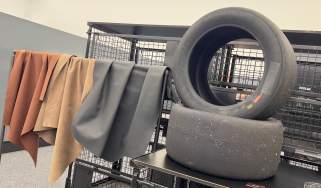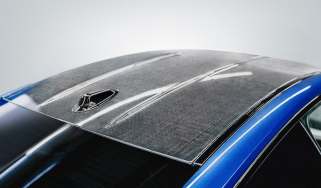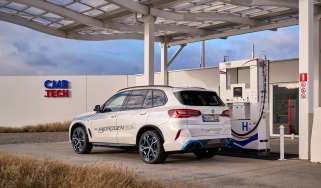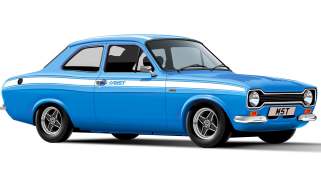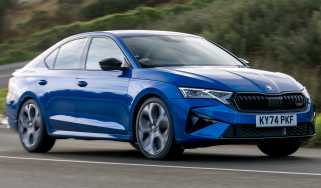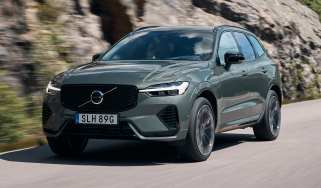Stellantis readies hydrogen fuel Peugeot e-Expert and Citroen e-Dispatch vans
The technology will hit the French and German markets at the end of 2021, offering a range of around 250 miles and rapid refueling times
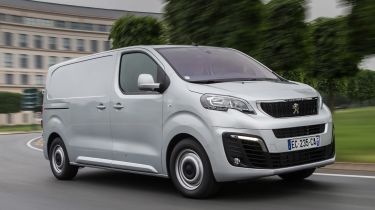
Stellantis is preparing to enter the hydrogen powered commercial vehicle market with fuel cell versions of the Peugeot e-Expert and Citroen e-Dispatch, currently available as battery electric models only.
Small scale production of the vans will commence in late 2021 and they will be available to select customers in France and Germany. Both brands plan to evaluate the use case and adoption of the vans over the next two years, with the possibility of a wider scale launch including the UK by late 2023.
Stellantis says the hydrogen technology underpinning the vans gives the Peugeot e-Expert and Citroen e-Dispatch a maximum range of 400km (around 250 miles), while refueling times are comparable to that of a diesel van at around three minutes.
The 50kWh battery has been replaced with three tanks that can carry 4.4kg of hydrogen, while there’s a 10.5kWh battery under the seats which can be charged independently of the fuel cell.
The battery can store enough electricity for a maximum range of 31 miles which should be just enough to get you to the nearest hydrogen fuel station if you live in the city. However, the battery’s placement in the cabin means the hydrogen vans will only be available with two seats up front, rather than the usual three.
The hydrogen system powers the same 134bhp electric motor as Peugeot and Citroen’s standard vans and top speed is 81mph. Carrying capacity remains the same with a maximum payload of 800kg and a towing weight of around one tonne, while the load bay offers an identical 5.3 cubic metres of space on the standard wheelbase variant.
Richard Meyer, Stellantis’s Vice President for Light Commercial Vehicles Strategy & International Development talked us through the engineering process for the hydrogen fuel cell technology. “We started three years ago to study this question and our engineers found a smart way to introduce the components for this system inside the existing vehicle.”
Meyer told us the powertrain isn’t a focus for the company’s passenger cars, but fuel cell tech could be used in minibus versions of the vans.
“We are working now to extend the offer to passenger versions [of the van] as well, because it would be relevant as well for some kind of shuttle or things like that. But looking at, say, private customers or passenger car customers, we consider this as not a priority.”
When pressed on the matter of price, Meyer told us: “I’m not able to provide concise figures today.
“But, if you look at the price of the existing hydrogen vehicles – you know Toyota and Hyundai for instance – it gives you an order of magnitude of the level of gap [between pure-electric and hydrogen technology].”
Stellantis says it’s trying to keep costs as low as possible by using its existing van tech and bringing in hydrogen experts to accelerate its development. The firm is focusing on total cost of ownership (TCO) and trying to attract as many businesses on board from the start to help reduce costs.
Click here to read our review of the all-electric Vauxhall Vivaro-e van…
Find a car with the experts

